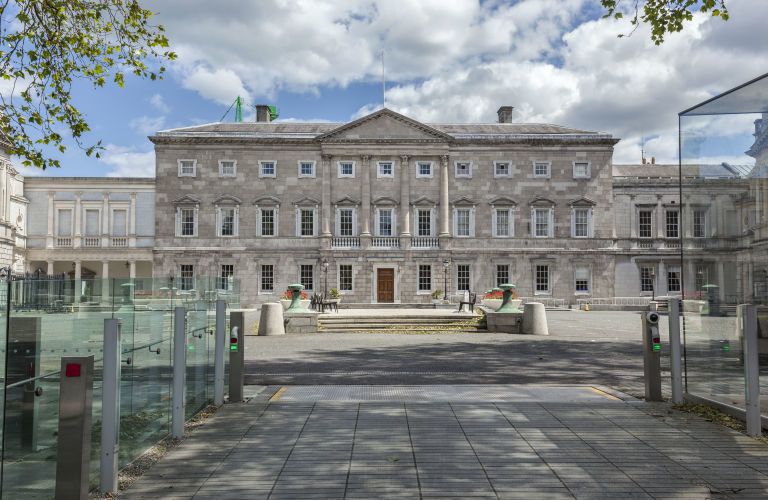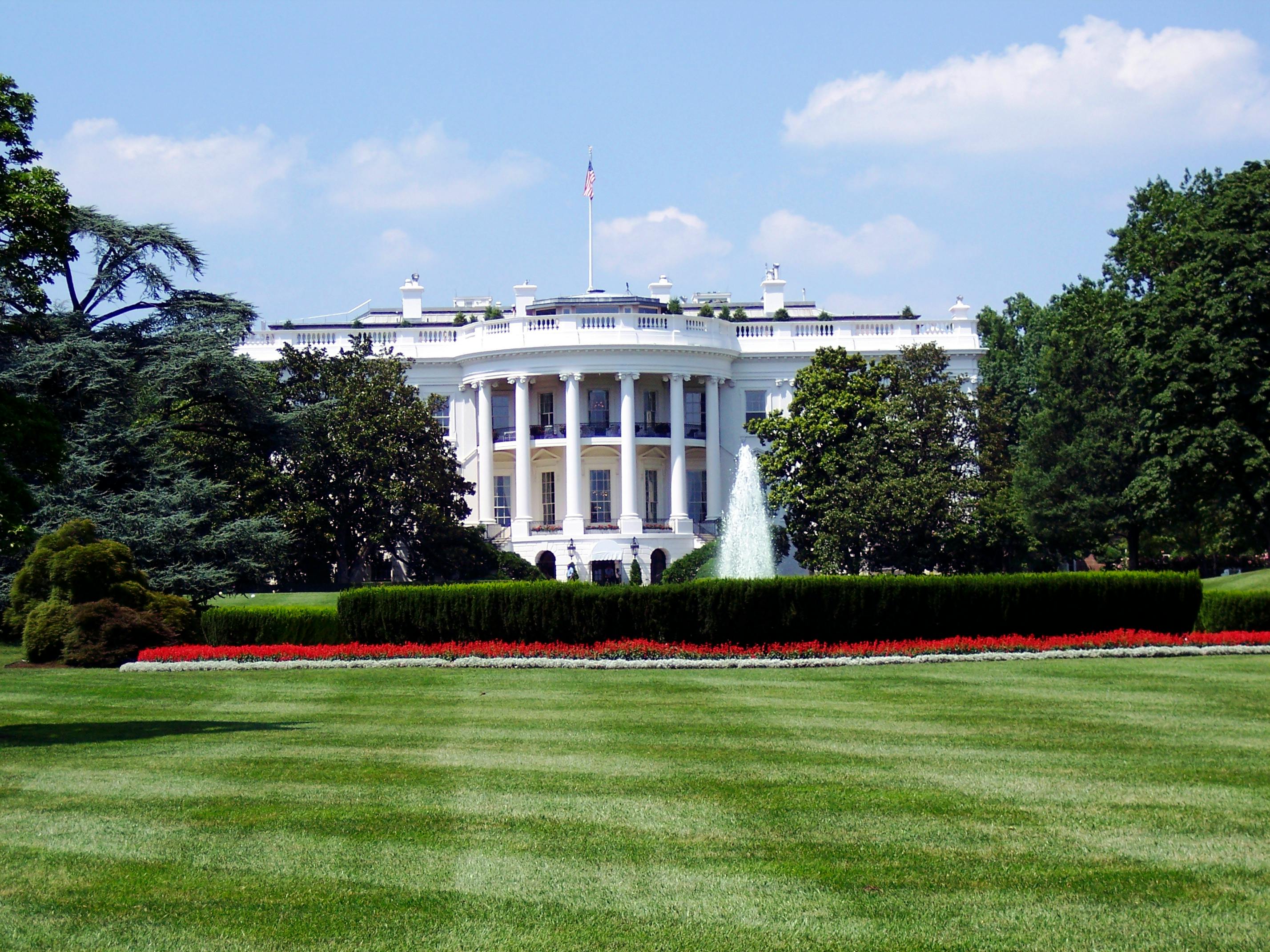Table Of Content

In June 2023, fighter jets moved to intercept a light aircraft that violated Washington DC airspace near the White House, before it crashed in Virginia.[108] All occupants in the intrusion aircraft were killed. Get HISTORY’s most fascinating stories delivered to your inbox three times a week. The White House was the scene of mourning after the assassination of Pres. While Mary Todd Lincoln lay in her room for five weeks grieving for her husband, many White House holdings were looted.
Nicolle: ‘These are the facts Trump wants to keep from his voters’ reaction from Hush Money trial - MSNBC
Nicolle: ‘These are the facts Trump wants to keep from his voters’ reaction from Hush Money trial.
Posted: Wed, 24 Apr 2024 20:32:13 GMT [source]
Early use, 1814 burning, and reconstruction
Before the construction of the North Portico, most public events were entered from the South Lawn, the grading and planting of which was ordered by Thomas Jefferson. Jefferson also drafted a planting plan for the North Lawn that included large trees that would have mostly obscured the house from Pennsylvania Avenue. During the mid-to-late 19th century a series of ever larger greenhouses were built on the west side of the house, where the current West Wing is located. During this period, the North Lawn was planted with ornate carpet-style flowerbeds. When Chester A. Arthur took office in 1881, he ordered renovations to the White House to take place as soon as the recently widowed Lucretia Garfield moved out. Arthur inspected the work almost nightly and made several suggestions.
The White House since the Kennedy restoration
Both home and workplace of the president of the United States, the White House stands stately and regal at 1600 Pennsylvania Avenue NW as an unmistakable emblem of American democracy. Every US president since John Adams and their families have made the building their home at one time or other and the history and the evolution of the building is closely intertwined with the history of the nation itself. Here took place numerous treaty signings, summit meetings and several other events of the kind that were to have huge impact on the global political scene. Referred by many as the “living museum of American history”, the history continues to unfold at this iconic building that is the While House. A guide to 10 of the very best historic sites in America's capital city, including The Capitol, Lincoln Memorial and The White House.
Construction
The bow has a ground-floor double staircase leading to an Ionic colonnaded loggia and the Truman Balcony, built in 1946.[33] The more modern third floor is hidden by a balustraded parapet and plays no part in the composition of the façade. White House, the official office and residence of the president of the United States at 1600 Pennsylvania Avenue N.W. In Washington, D.C. It is perhaps the most famous and easily recognizable house in the world, serving as both the home and workplace of the president and the headquarters of the president’s principal staff members. The general layout of the White House grounds today is based on the 1935 design by Frederick Law Olmsted Jr. of the Olmsted Brothers firm, commissioned by President Franklin D. Roosevelt. During the Kennedy administration, the White House Rose Garden was redesigned by Rachel Lambert Mellon. Bordering the East Colonnade is the Jacqueline Kennedy Garden, which was begun by Jacqueline Kennedy but completed after her husband's assassination.
Italian artisans, brought to Washington to help in constructing the U.S. This was done to link the new portico with the earlier carved roses above the entrance. James Hoban, an Irish immigrant and architect hand-picked by President George Washington, designed the original building. After the British set fire to it in 1814, during the War of 1812, Hoban led the effort to rebuild the structure. The U.S. government didn't own slaves, according to the National Archives, but it did pay slave owners to hire them to help build the White House.
Builders laid the White House cornerstone on October 13, 1792, with the Capitol cornerstone following soon after on August 18, 1793. In 1842 the visit to the United States of the English novelist Charles Dickens brought an official invitation to the White House. After his calls at the White House door went unanswered, Dickens let himself in and walked through the mansion from room to room on the lower and upper floors. Finally coming upon a room filled with nearly two dozen people, he was shocked and appalled to see many of them spitting on the carpet. Dickens later wrote, “I take it for granted the Presidential housemaids have high wages.” Until the Civil War, however, most White House servants were enslaved people. Moreover, the wages of all White House employees—as well as the expenses for running the White House, including staging official functions—were paid for by the president.
According to the White House Historical Association, Washington, D.C.’s city commissioners originally planned to spirit workers from Europe for the construction, which started in 1792 and took eight years to complete. When they got little response, they instead enlisted the labor of both free and enslaved African Americans to work alongside local white laborers and craftsmen, plus a handful of Europeans to build not just the president's home, but other government buildings such as the U.S. Following the assassination of Abraham Lincoln, many of the House’s belongings were looted while Mary Todd Lincoln lay grieving in her room for five weeks.
What Happens in the West Wing?
Monroe had the semicircular South Portico added to the building in 1824. Later in the decade, President Andrew Jackson (1829 — 37) added the North Portico. Adam’s stay at the house was to be short-lived, though, as the newly-elected President Thomas Jefferson ( ), the third US President, made his entry in the White House in March, 1801 amidst much fanfare. The cornerstone was laid on the October of next year and Washington was actively involved in the project during the next eight years of its construction.
Louis Comfort Tiffany was asked to send selected designers to assist. The building’s South and North Porticoes were added in 1824 and 1829, respectively, while John Quincy Adams established the residence’s first flower garden. Subsequent administrations continued to overhaul and bolster the interior through Congressional appropriations; the Fillmores added a library in the second-floor oval room, while the Arthurs hired famed decorator Louis Tiffany to redecorate the east, blue, red and state dining rooms. Ever since Theodore Roosevelt moved his workspace from the residence to the newly built West Wing in 1902, the two-story West Wing has been home to the U.S. presidential offices.
During the War of 1812 the building was burned by the British, and Pres. James Madison (1809–17) and his family were forced to flee the city. The Madisons eventually moved into the nearby Octagon House, the Washington mansion of John Tayloe, a Virginia plantation owner. Reconstruction and expansion began under Hoban’s direction, but the building was not ready for occupancy until 1817, during the administration of Pres. Hoban’s reconstruction included the addition of east and west terraces on the main building’s flanks; a semicircular south portico and a colonnaded north portico were added in the 1820s. Our first president, George Washington, selected the site for the White House in 1791.

Labourers, including local enslaved people, were housed in temporary huts built on the north side of the premises. They were joined by skilled stonemasons from Edinburgh, Scotland, in 1793. Because of crowding within the executive mansion itself, President Theodore Roosevelt had all work offices relocated to the newly constructed West Wing in 1901.
The three-level southern façade combines Palladian and neoclassical architectural styles. The south portico was completed in 1824.[33] At the center of the southern façade is a neoclassical projected bow of three bays. The bow is flanked by five bays, the windows of which, as on the north façade, have alternating segmented and pointed pediments at first-floor level.

No comments:
Post a Comment